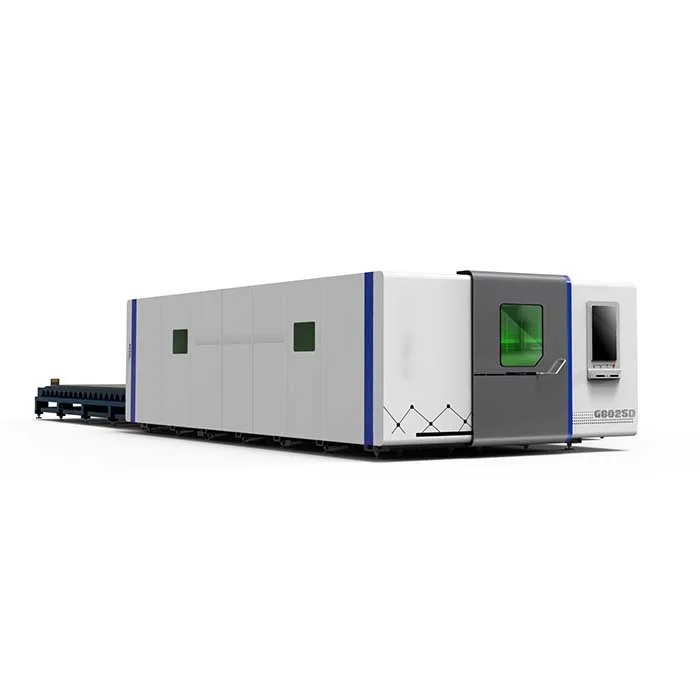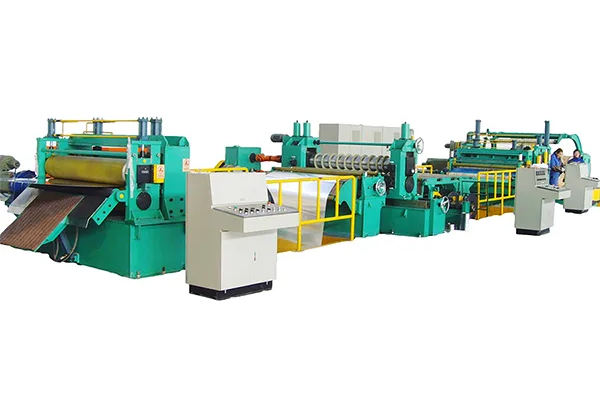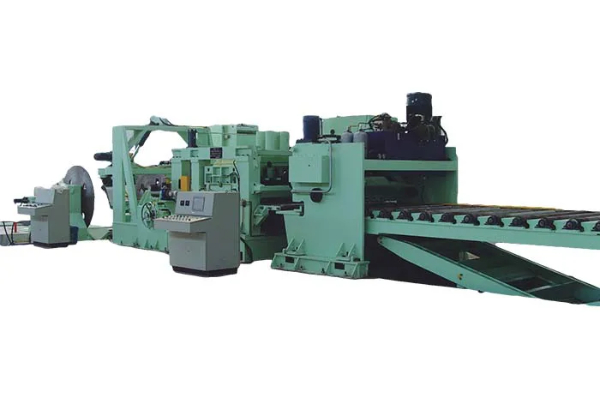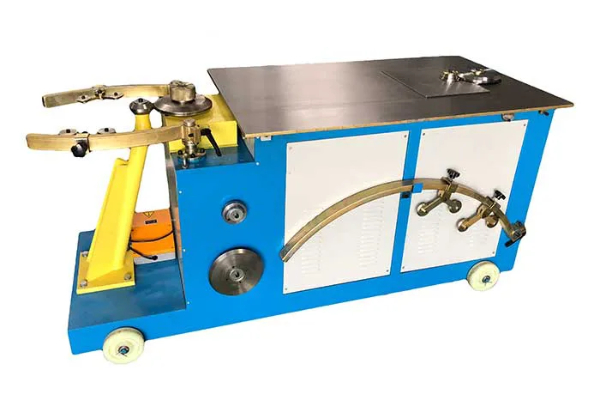
The Evolution of CNC Sheet Bending Machines- A Brief History
- By:Metmac
- 2024-06-11
- 193
The world of sheet metal fabrication has witnessed a technological revolution with the advent and evolution of CNC sheet bending machines. These machines have transformed the way sheets of metal are shaped and formed, ushering in an era of precision, efficiency, and innovation.
The humble beginnings of CNC sheet bending machines can be traced back to the early 20th century, when manually operated benders were the norm. These machines required skilled craftsmen to manipulate the sheet metal with a series of jigs and dies. As technology advanced, hydraulically powered benders emerged, providing greater force and automation.
The introduction of computer numerical control (CNC) in the 1970s marked a pivotal turning point in sheet bending. CNC machines use computer-aided design (CAD) programs to convert digital blueprints into precise bending instructions. This enables the machine to perform complex bends with high accuracy and repeatability, freeing up human operators from repetitive and strenuous tasks.
Over the past decades, CNC sheet bending machines have undergone continuous refinement and innovation. Advances in servo motors, feedback systems, and software have resulted in machines that are faster, more precise, and more user-friendly. The integration of automated tool changers and laser height sensing has further enhanced speed and accuracy.
Modern CNC sheet bending machines offer an array of features to meet the demands of various applications. These include variable bending angles, programmable bending sequences, and automatic compensation for material thickness. Some machines even incorporate robotic arms for automated loading and unloading, increasing throughput and reducing labor costs.
The evolution of CNC sheet bending machines has not only transformed the sheet metal fabrication industry but has also paved the way for new possibilities in product design. The ability to create complex shapes and intricate bends has opened up new design frontiers, enabling the creation of innovative products across various sectors, from automotive to aerospace.
As technology continues to evolve, CNC sheet bending machines will undoubtedly continue to play an integral role in the shaping and forming of metal. With ongoing advancements in artificial intelligence, robotics, and additive manufacturing, the future of sheet bending holds endless possibilities.
-
Finding the Right Partner: Your Guide to Premium Sheet Metal Laser Cutting Machines for Sale
2025/12/23 -
METMAC: Defining Excellence Among Sheet Metal Laser Cutting Machine Manufacturers
2025/12/23 -
Unleashing Power and Precision: The METMAC Plasma Sheet Metal Cutting Machine
2025/12/23 -
CNC laser cutting machine sheet metal-Precision Redefined: The METMAC CNC Laser Cutting Machine for Sheet Metal Mastery
2025/12/23
-
Advanced Sheet Metal Rolling, Laser Cutting, and Folding Machines for Precision Fabrication
2025/10/31 -
High-Performance Sheet Metal Bending and Cutting Machines for Modern Fabrication
2025/10/31 -
High-Quality Sheet Metal Equipment for Sale: Efficient Solutions for Modern Manufacturing
2025/10/31 -
High-Performance Sheet Metal Equipment for Sale: Forming and Shearing Solutions for Modern Fabrication
2025/10/22
-
A Guide to the Latest Innovations in Sheet Metal Folding Machines
2024/11/29 -
Key Features to Consider When Investing in a Sheet Metal Folding Machine
2024/11/28 -
Enhancing Precision with Advanced Sheet Metal Folding Machines
2024/11/27 -
How to Choose the Right Sheet Metal Folding Machine for Your Workshop
2024/11/26







